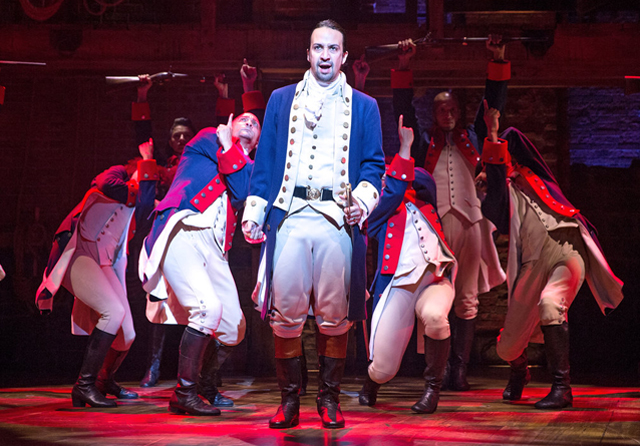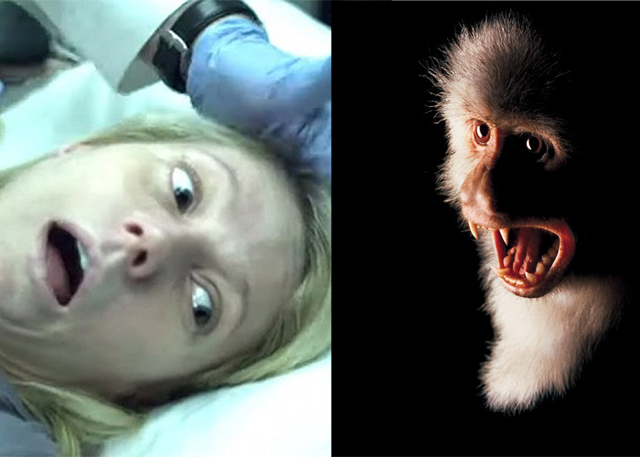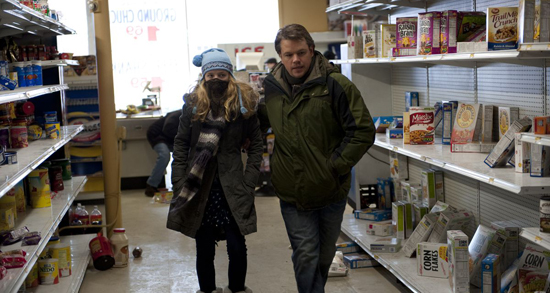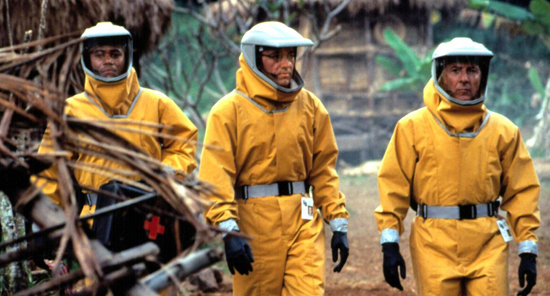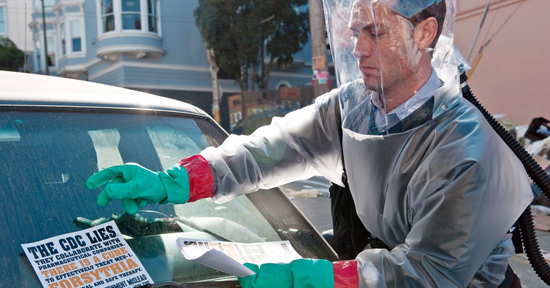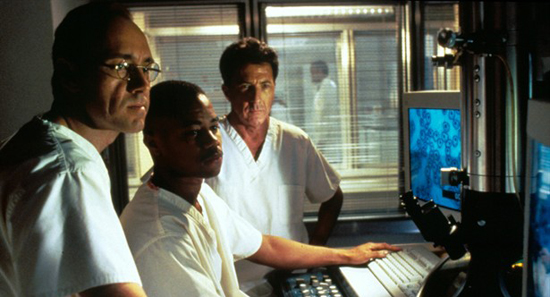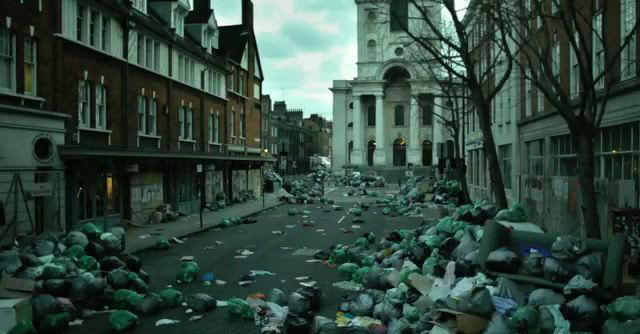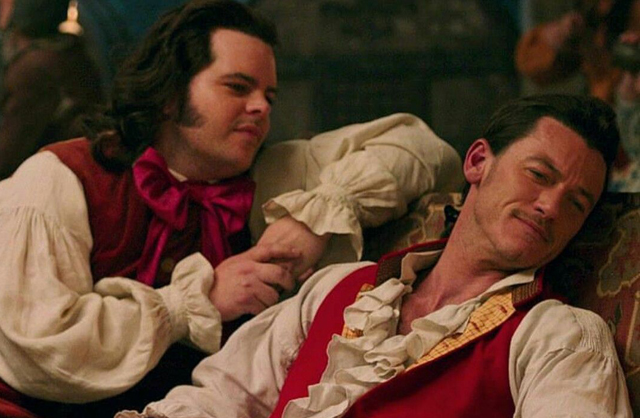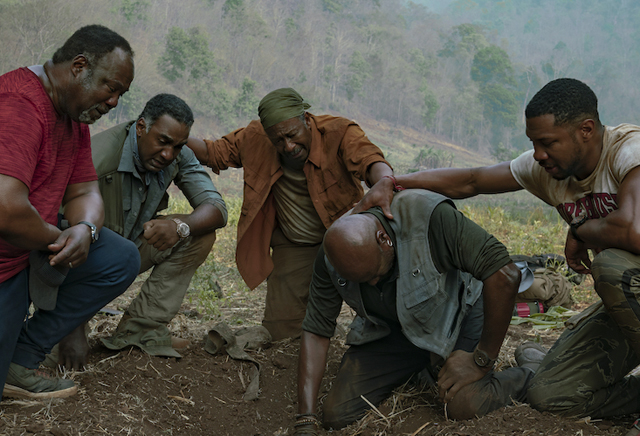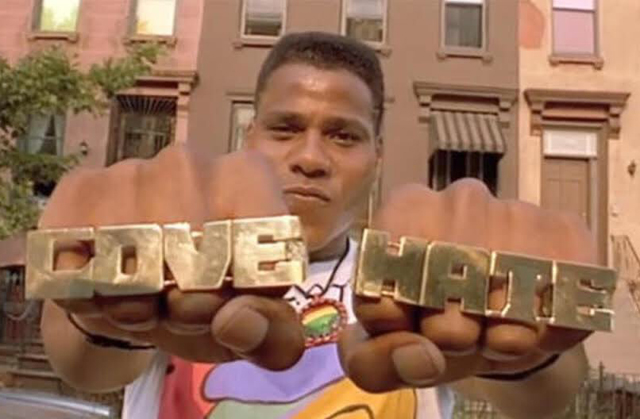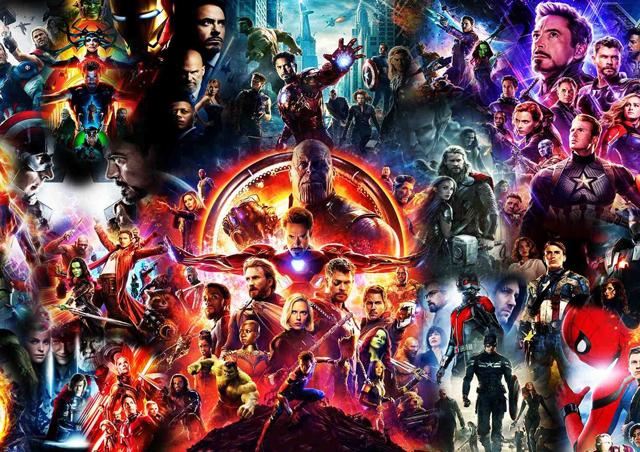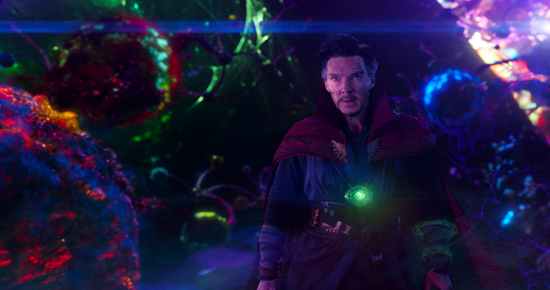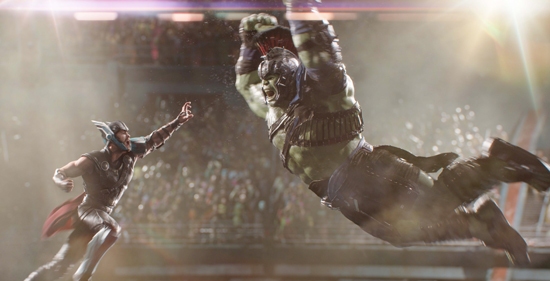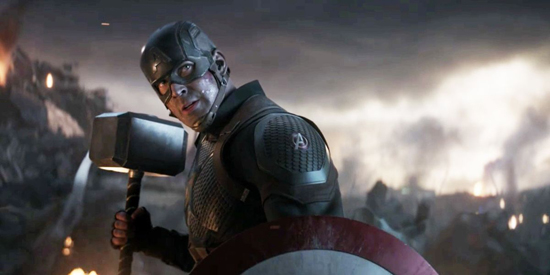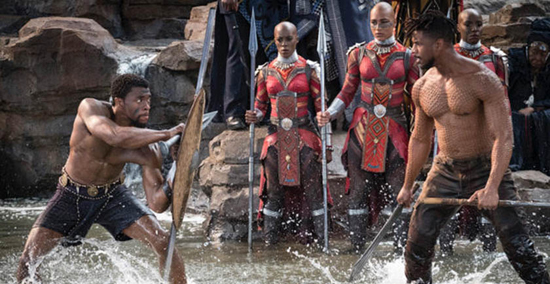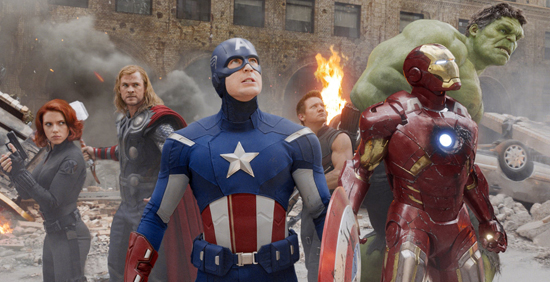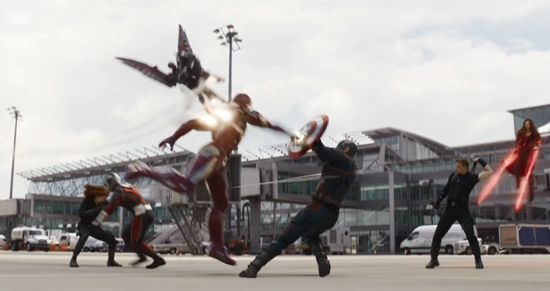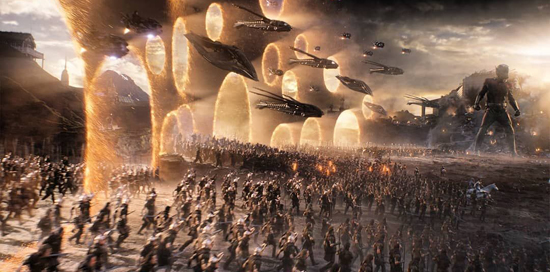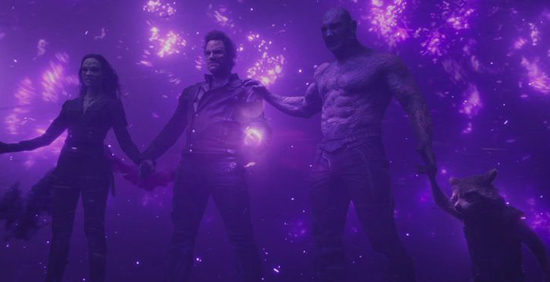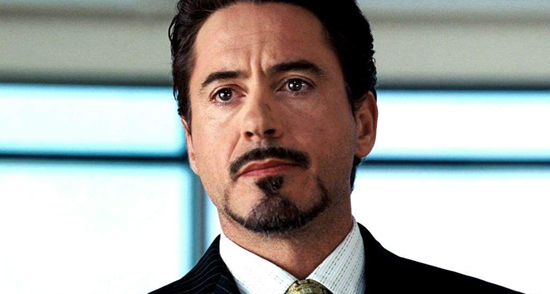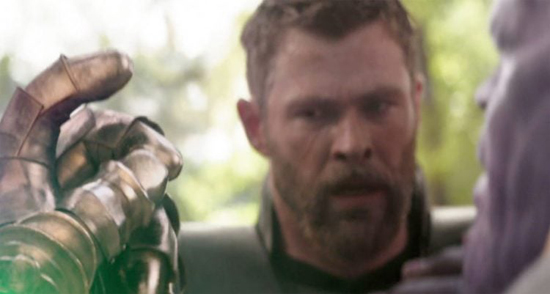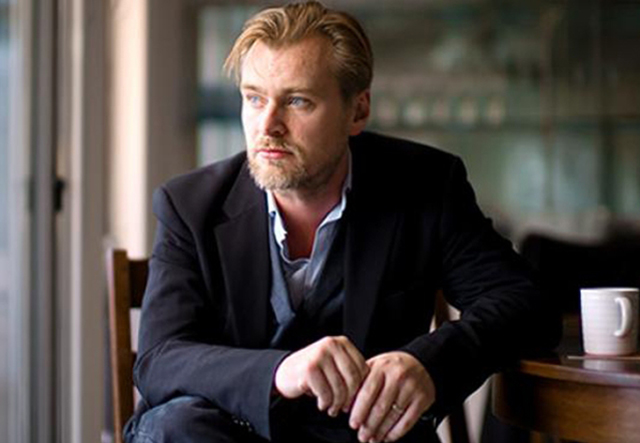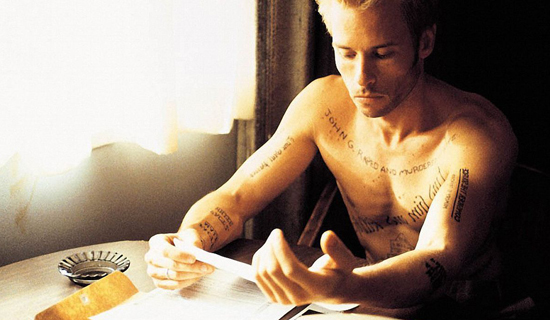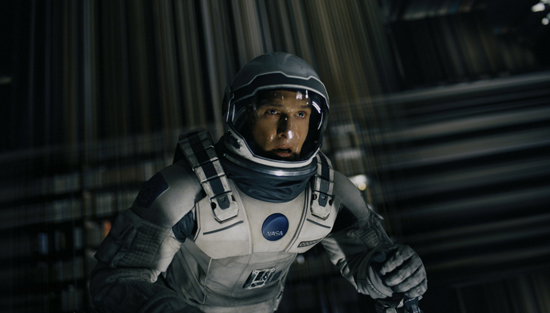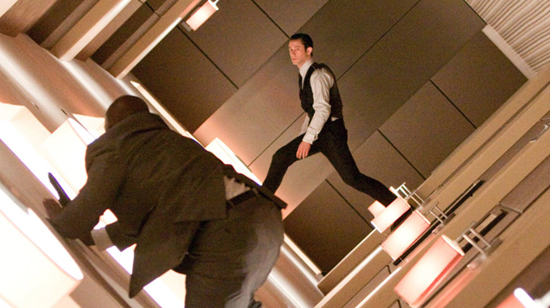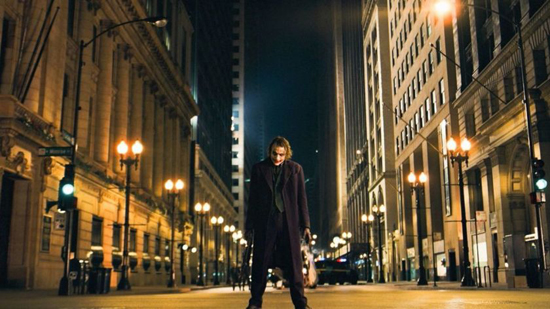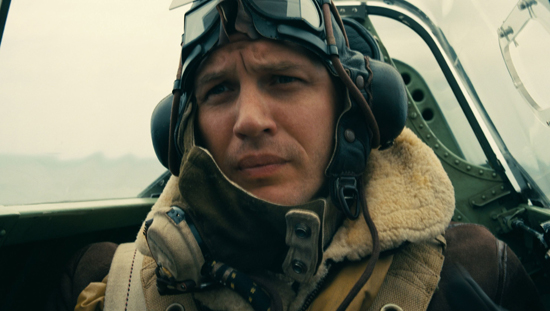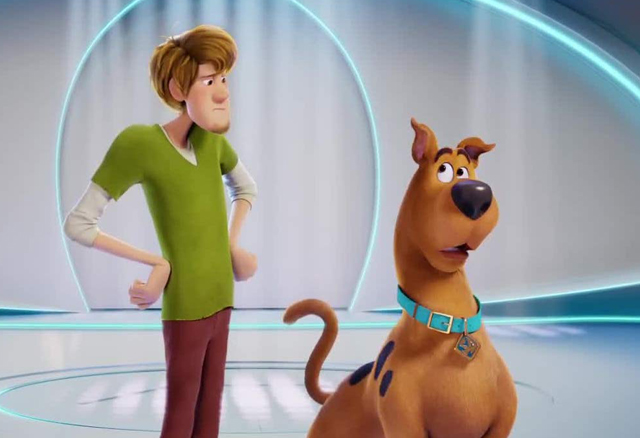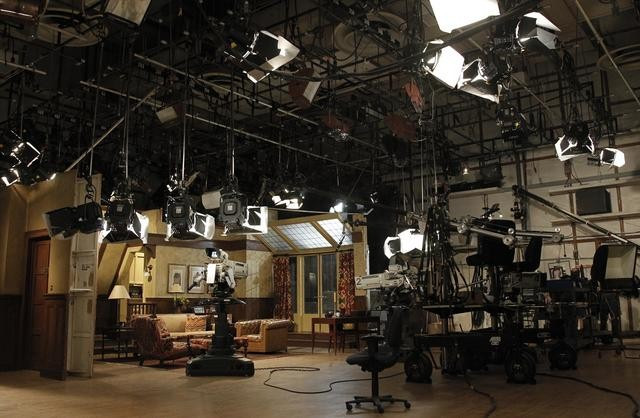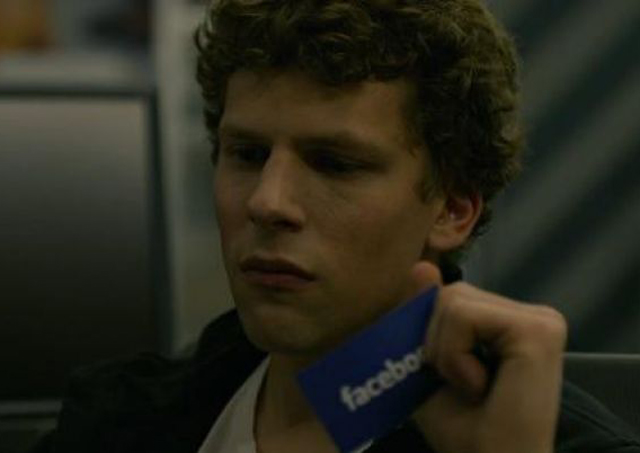
If there is a story to tell about the past decade, the 2010’s, it would likely be the rise of social media and networking that injected itself into nearly every aspect of our culture. Though the 2000’s marked the beginning of social media, it wasn’t until the following decade that we saw the global influence that this new technology would have. What started as a great way to socialize online and reconnect with long time friends as well as make new ones, evolved into something much more consuming of our everyday lives; and in many ways it became both overwhelming and frightening. By the mid 2010’s, it almost had come to the point that if you did not have a social media presence, than you pretty much didn’t exist, as social profiles started to become more of a factor in job applications and self promotion. In addition, because social media keeps a record of everything that you post onto their selective feeds and becomes public record, it has influenced the way that we present ourselves, and either has brought out a false self portrait that is not reflective of who we really are, or has drawn out our inner worst instincts in order to gain more attention. And then there are the ethical issues with how we put our trust in the companies that run these social media platforms, and how they may be mismanaging all the data that we provide to them in order to use their service. That particular aspect of social media in particular has emerged as the most troubling part of the story in the last few years, as we are slowly realizing that social media has eroded many of the things that we once guarded as sacred in our society; in particular, our privacy, which we seemed to have gladly given over in order to have a more prominent appearance online. Honestly, we are all guilty of creating the monster that has emerged in the last decade. I too recognize that I am guilty of doing much of the same things that I just complained about in this paragraph. The question is, how do we go about recognizing the problems that we create in order to better use these tools for a better future.
It’s interesting to note that at the beginning of the decade, we viewed the emergence of social media in a much different way. Back then, social media platforms like YouTube, Twitter and Facebook were seen as this revolutionary democratization of of media, allowing any average citizen to have a voice that could reach millions. For the early 2000’s, these platforms were viewed as a net positive for society at large; everyone now had the means to make their voices heard and it was beginning to shake down the foundations of the closed in barriers of old media. What is also curious about the way that we viewed social media at the turn of the last decade was that the troubling aspects were not with the platforms themselves, but rather with the people who were making the big money off of it. And it wasn’t the motives that bothered people, it was the fact that these new tycoons of social media were so young and inexperienced themselves. That was the basis for the book “The Accidental Billionaires” by Ben Mezrich. In his 2009 non-fiction title, Mezrich examined the rise of Facebook, and the conflicts that arose in it’s early days among it’s founders. What was so intriguing about Mezrich’s study of hubris and greed within the rise of Silicon Valley start-ups like Facebook was how all this flourishing of brilliance, breakthroughs and back-stabbings occurred with characters who were barely out of school. In particular, the story became about how founder Mark Zuckerberg built his empire in his 20’s, and did so by pushing aside his closest friend, Eduardo Saverin. In a titanic rift that normally would’ve taken decades to manifest in Fortune 500 companies, we were seeing a fresh faced billionaire under the age of 30 playing hardball in order to secure his own place at the top of the pyramid, destroying every other close attachment that he had built in order to get there. It was a ripped from the headlines rise to glory with almost Shakespearean levels of hubris and tragedy, and naturally it captured the imagination of Hollywood as well.
The book was optioned almost immediately by Sony before it was published, and work began right away on what the industry would dub “The Facebook Movie.” Initially it was thought to have been a cash grab to capitalize on the Facebook craze of the late 2000’s, but as we soon learned, it was going to be a much deeper film than that. Aaron Sorkin, coming off of his award winning run as the show runner of The West Wing, was given the task of adapting Mezrich’s book, which would turn out to be the ideal match. If there is anything that Sorkin is a genius at, it’s writing a electric argument between two characters. The bridge burning rows between Zuckerberg and his many friends turned enemies in the book gave Sorkin plenty of opportunity to indulge in what he does best as a writer. At the same time, Sorkin put a lot of work into examining the almost enigmatic character of Zuckerberg himself. Zuckerberg was, and remains, fairly reclusive; appearing publicly in heavily managed events or the occasional awkward government inquiry on Capitol Hill. In order to find the character, Sorkin wisely crafted the story to where Zuckerberg is both the hero and the villain of his own tale. The movie marvels at the genius that it took to take Facebook out of a demo run at Harvard University to becoming something that encompasses the everyday lives of nearly everyone on the planet. And yet at the same time, we see how Zuckerberg’s manic devotion to his own work alienated him from everyone else, including some very vicious betrayals of friends and confidants. That’s where the genius of Sorkin’s adaptation shines through. Zuckerberg, within the screenplay, is a manic genius, but also a vicious animal, and as a result, he created one of the most fascinating screen characters of the last decade.
The key to The Social Network’s success also relied upon who would bring the story to life on screen. Surprisingly, it fell into the lap of David Fincher, whose body of work would’ve told you that he might have been the wrong man for this kind of story. Fincher’s style is all about flash and moving the camera around to places that it normally wouldn’t go, as he showed with Fight Club (1999), Panic Room (2002) and Zodiac (2007). A quiet, moody character study was a bit out of character for him. Though he did indeed tone down his style a bit and largely kept the camera still, Fincher managed to rise to the challenge nonetheless, and gave The Social Network a very polished presentation. The subdued cinematography of Jeff Cronenweth really gives the movie it’s beautiful melancholic look, which also helps it to fit nicely alongside Fincher’s other films. However, if there was one thing that mattered most in getting this movie adaptation right, it was in finding the right Zuckerberg. Not only did you need to find a young actor who could capture all the complexities of the character, being both vulnerable and intimidating, but you also needed a young actor who could deliver those Sorkin monologues with all their balletic wordplay without fail. Thankfully, they found their man in Jesse Eisenberg, whose motor mouth skills with complex dialogue made him a perfect match for the role. It also helped that his sharp features and curly hair also made him a near Zuckerberg look-alike. All that aside, when you see Eisenberg in action in the role, he shines, capturing every angle of Zuckerberg’s character perfectly; his smugness, his cold callous nihilism, his manic aversion to anything fitting out of place, it’s all there on screen. And given that Fincher is known for his penchant for multiple takes for every scene, it’s a wonder how Eisenberg managed to keep that energy up, even when getting into Take #80 or more.
It’s fitting that a movie about something as revolutionary as the founding of Facebook would itself break down many barriers. Fincher still managed to work in some ground-breaking visual effects into his movie; some of which you would’ve never realized were digitally enhanced at all. Most famously, Fincher revolutionized the way a single actor can portray twin characters on screen at the same time. Two of Zuckerberg’s biggest adversaries in the movie are the Winklevoss Twins; white collar, legacy students of Harvard that enlist Zuckerberg to initially develop the Facebook site based on their idea, only to see Zuckerberg take the idea and run with it himself. Later on, the Winklevoss, or as Zuckerberg dismissively calls them “the Winklevi” take him to court, effectively turning them into antagonists within Zuckerberg’s story. What is interesting is that the presence of the Winklevoss Twins on screen is one of the most seamless visual effects I have ever seen performed. I initially thought that actor Armie Hammer did indeed have a twin brother, but it turns out for the entire roll, his head is digitally grafted onto actor Josh Pence’s body. This effect allows for the two twin brother to have slightly different bodies, despite having identical faces, which helped Fincher avoid the copy and paste effect that normally arose from the old split screen technique of the past. And the best part of the effect is that it doesn’t distract, apart from the fact that it might be too good, knowing now that there is only one Armie Hammer out there. There are also plenty of other ingenious aspects of the movie, like the groundbreaking musical score from Trent Reznor and Atticus Ross, and also the career making performance from Andrew Garfield, as well as a career redefining one from pop artist Justin Timberlake. It was a movie destined to leave a mark right away upon release.
Though a moderate success at the box office, The Social Network did make a mark in award season. Sorkin would go on to win his first Oscar for his iconic screenplay, but the movie fell short in other categories, with Fincher, Eisenberg, and the movie itself all playing runner up to the more conventional Oscar bait film The King’s Speech (2010). But despite that setback, The Social Network has grown in esteem over the decade since it’s release, no doubt bolstered by it’s continued relevance in the years after. While the narrative told in the movie itself is it’s own perfectly encapsulated American story, we have sadly learned all too well that it’s not where Facebook’s notorious history ends. I don’t think even Mezrich, Sorkin, or anyone else would’ve imagined just how much of a villain Mark Zuckerberg would turn out to be in the years since. Though the movie shows us a flawed individual driven to succeed at all costs, it doesn’t quite capture the true callousness that Zuckerberg has since shown with regards to his attitudes towards the toll on humanity that his company has been responsible for. Yes, Facebook has bridged many relationships, and has helped people to organize and socialize far better than we’ve seen in years past. But, what has also gone unchecked under Zuckerberg’s watch has been the rise and spread of dangerous ideologies that have exploited the platform of Facebook for their own advantage. Hate speech, misinformation, and just outright toxic attitudes have spread across social media in the year since The Social Network premiered, and it has very much re-contextualized the story of Mark Zuckerberg entirely. He’s since changed from this punk revolutionary icon into a closed-minded, ivory tower dwelling digital baron, never caring about the damage that his product is actually doing to the world. Sure, Twitter and YouTube also have their problem with the prevalence of hateful speech on their platform, but they at least acknowledge that a problem exists. Zuckerberg, in his defiance, refuses to address any recognition that Facebook is being used for any dubious means at all. For him, it doesn’t matter what speech is being used on Facebook; as long as people continue to use it, he’s content.
There’s also the issue of data mining that has become a new point of contention over Facebook. Sure, again, Facebook is not alone in the mining and selling of data, but again, the fact that Zuckerberg is so involved in the underlying transactions within the company puts him in far more of a contentious spotlight with regards to how that data is used. This became a particularly contentious point when it was revealed that Facebook had been selling user data to disgraced political consulting firm Cambridge Analytica, which was found to have used that data to spread political misinformation targeted at voters in order to effect political outcomes that favored their right-wing leaning clients. It’s believed that Cambridge Analytica’s targeted Facebook postings influenced election outcomes including the Brexit vote in the UK as well as the 2016 presidential election that brought Donald Trump to power. Politics aside, the actions of both Cambridge Analytica was a huge violation of campaign ethics laws and the uncovering of the scandal eventually led to it’s eventual dismantling in 2018. Despite being found to be in contact with the disgraced firm, Mark Zuckerberg argued that there was nothing illegal about selling Facebook’s data to firms like this. Indeed, to the letter of the law, he wasn’t wrong, but it still shows us how little regard Mark Zuckerberg has for the political process and for the need for his user base to have all the right information. It’s interesting to see how much of this revelation of Zuckerberg’s character changes the perception that we see of the character within the film itself. After witnessing Zuckerberg’s decline into becoming a political pariah that casually takes a blind eye to all the hateful things that his platform is used for, we now see The Social Network as an origin story for one of history’s most notorious villains, made before his true villainy even began.
You would think that 10 years of new information about Mark Zuckerberg would convince the people who made The Social Network to consider picking up where they left off, and you’d be right. While Fincher has been fairly quiet about the matter, Aaron Sorkin has indeed expressed interest in writing a sequel to The Social Network, and may in fact be already working on such a thing, while he’s getting his other projects like the upcoming The Trial of the Chicago 7 completed. And indeed, if a sequel to The Social Network does come together, it could indeed achieve Godfather levels of resonance. The parallels would be adept; just like Michael Corleone, the first movie would be all about the rise of a deeply flawed individual into a seat of power, and Part II would be all about that character losing every last bit of his soul in the process of holding onto that power. Essentially, as great as The Social Network is as a singular film, it honestly feels like the first part of an even greater story to tell. And the scary thing is, the story of Mark Zuckerberg and Facebook is still ongoing. Who knows what other things may happen over the next ten years. Is Zuckerberg finally going to face pressure to address the scandalous actions of his company; will he have a moment of clarity and decide to do what’s best for his customers; or is he going to continually put profit over the truth from here on out. With an election season about to enter it’s final round in the months ahead, I worry that Facebook and Zuckerberg will only continue to devolve into the quagmire they become. Even still, The Social Network is a profound document of American film-making, and one that still stands the test of time 10 years later, even after the crazy ten years that has changed the story completely. You don’t make over 500 million friends without making a few enemies, and unlike Mark Zuckerberg, The Social Network has only expanded it’s support rather than repelled it.
